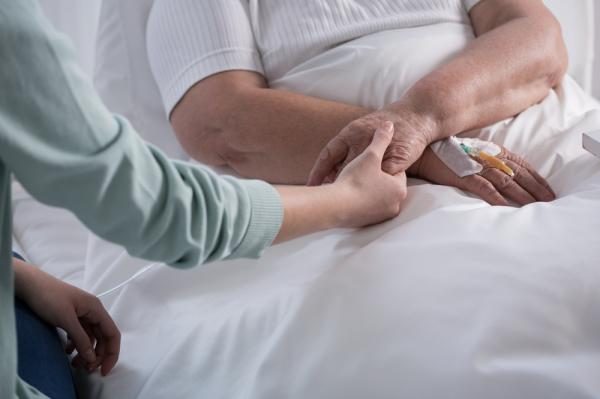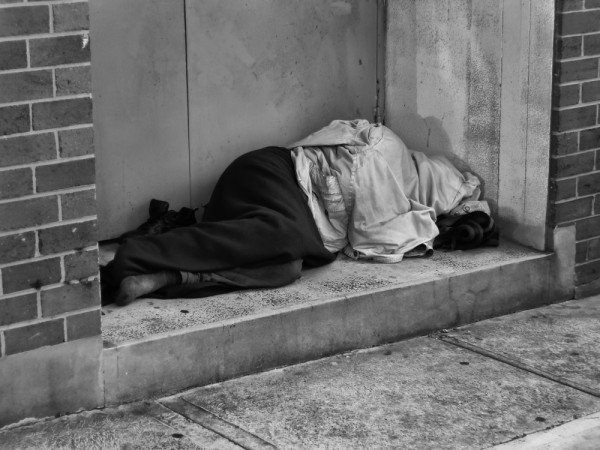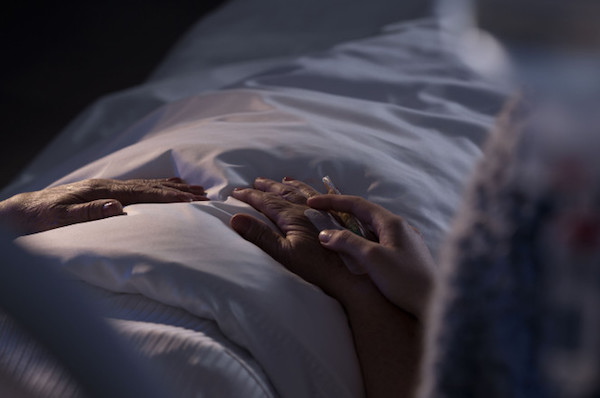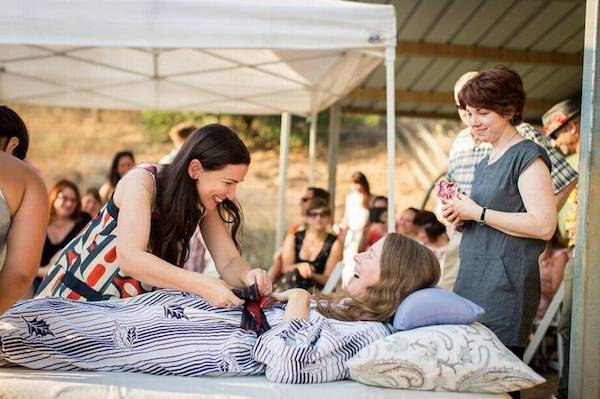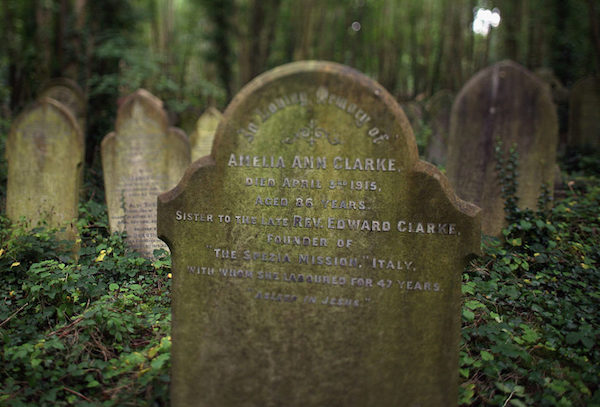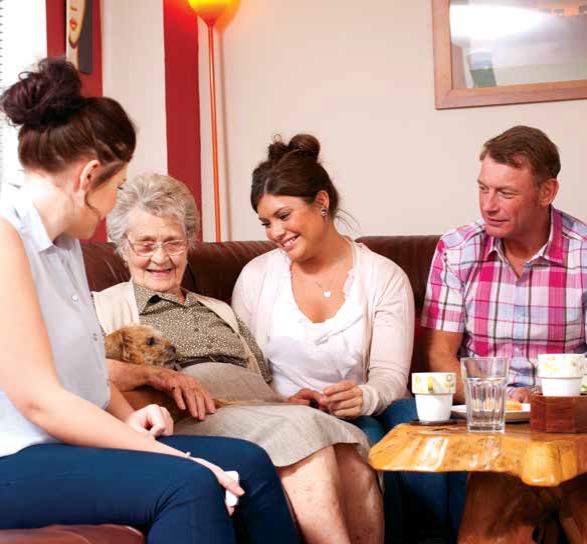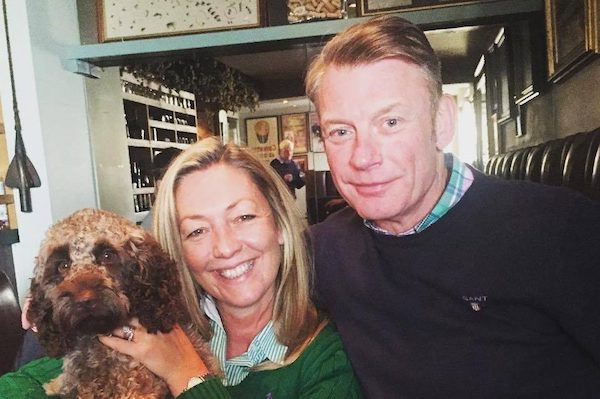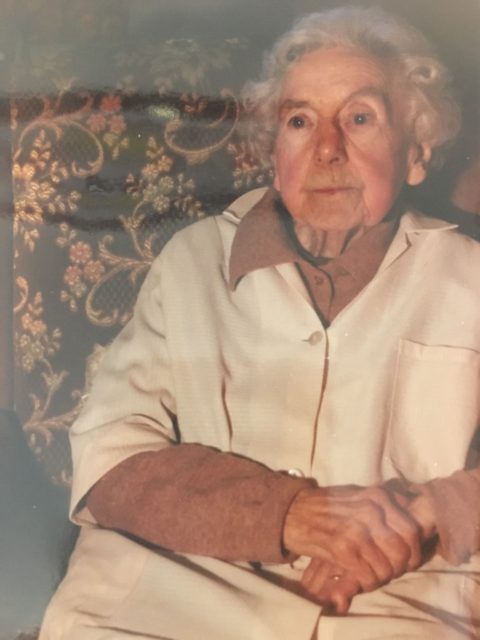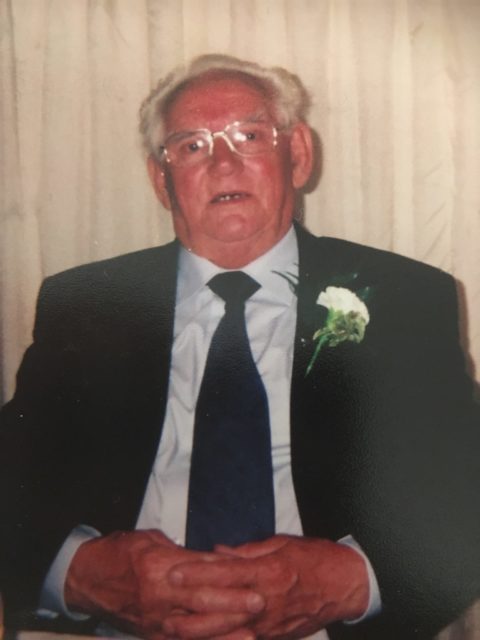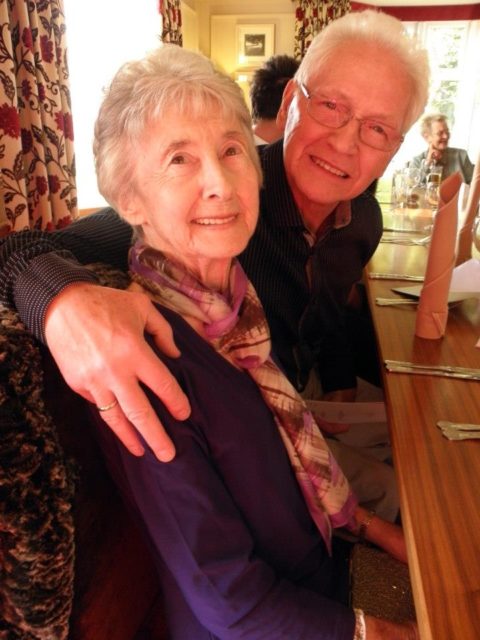BY CATHERINE ASHE
[I] never had any reason to think I’d have to plan my own child’s funeral. And yet, last July, that’s exactly what my husband and I found ourselves doing. Our unborn son, James, had just been diagnosed with trisomy 18, a terrible chromosomal disease, at 32 weeks of gestation. We’d read the grim statistics for this disease, the second-most common trisomy after Down syndrome (trisomy 21), and we knew that his time with us was likely to be short.
This awful news forced us to confront impossible questions: How did we want his brief life to look? How did we want him cared for after death? Instead of buying diapers and looking at cute baby boy clothes at Target, I was looking at cemeteries and trying to decide between cremation and burial. At 32 weeks pregnant in the miserable summer heat, I was writing a eulogy for my unborn child.
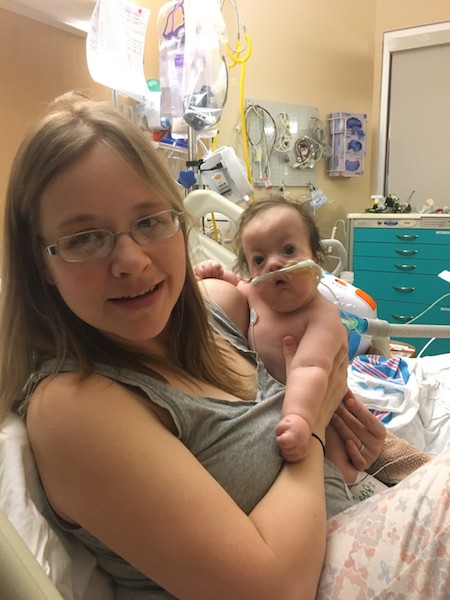
During this time, I came across a beautiful article written by a grieving mother whose adult daughter had died at home in hospice care after battling cancer. The writer cared for her daughter’s body, held an extended at-home visitation, and then buried her daughter at home. The article moved me to tears, because it captured perfectly how I feel about death.
In a society where death is largely relegated to hospitals, impersonal mortuaries and mass cemeteries, home burial has fallen by the wayside. Yet just a generation or two ago, death was recognized as a natural part of life. The deceased’s remains were handled by the family, and burial was done at home, in a family plot. Visitations often lasted for days. There was time for loved ones to say goodbye in a peaceful, familiar and welcoming environment.
After reading that article, I started researching North Carolina’s funeral and burial laws, and what I found surprised me. Home burial is permitted, as long as the interment is on private land, and just about anyone can transport the body. At no point does a funeral home have to be involved. The only specific regulations involve burial of a body too close to a reservoir or other public water source.
When James was born, he surprised everyone with his strength. He had five wonderful months with us. During his 154 days on earth, he was always with either me or his father. We cared for him through the good times and the bad. He was a fat, contented baby with big blue eyes and crazy brown hair.
On Jan. 2, 2017, he slipped out of this world, cradled in our loving arms. At that point, he was a patient in Mission’s pediatric intensive care unit. After his death, we held him, his grandparents and uncles held him, and his care team said goodbye to him. And then we simply walked out of the hospital, carrying James in our arms. We had cared for him in life; now we would care for him in death.
On Jan. 3, we hosted an extended visitation at our house. This was made possible by a CuddleCot — a cooling device that will preserve a small body for quite some time. It’s a noninvasive alternative to embalming. During my research, I’d also learned that embalming a body isn’t necessary: Cooling serves the same purpose.
Thanks to the CuddleCot, we were able to have James at home with us so we could say goodbye. Prior to his birth, I’d read about other parents doing the same thing — and at the time, much as I’m ashamed to say it, I thought it was morbid. Why would you want your child’s body in the house with you?
It wasn’t till James died that I understood: James was still James. Nothing changed when he died. He was still my baby. It seemed only natural to bring him home to the place he’d known his whole life, to give us time to adjust to losing him, to give his sisters (ages 3 and 5) time to see him, say goodbye and understand that he was gone.
His visitation was lovely, as lovely as something so tragic can be. My husband and I were in our own home, so we were comfortable, able to retreat into our bedroom when we needed to, and there was no established time frame limiting visits. We spent two nights with him, saying goodbye, telling him all the things we wanted him to hear.
On Jan. 4 at 4:52 p.m. — the same time of day he was born — we buried James in our backyard with over 100 people in attendance. His presence there, in the yard where his sisters play, brings us comfort on some very dark days: Though his spirit is gone, his earthly remains are nearby. We visit him often, keep fresh flowers on his grave and have wind chimes in the maple that he’s buried beneath.
I hope that by writing this, I can help others realize that home burial is possible for their loved ones — all of them, not just children.
Complete Article HERE!

